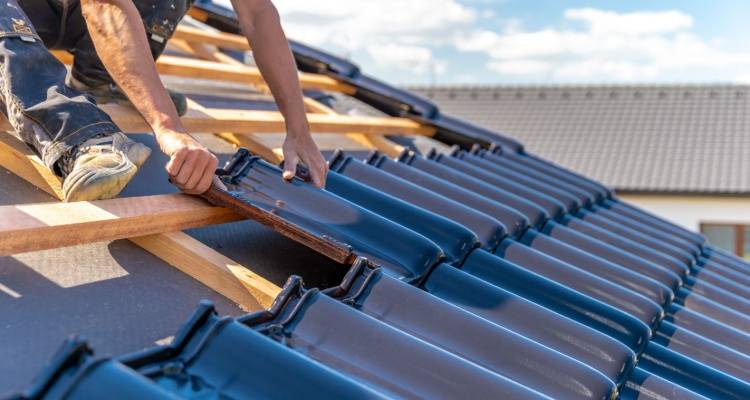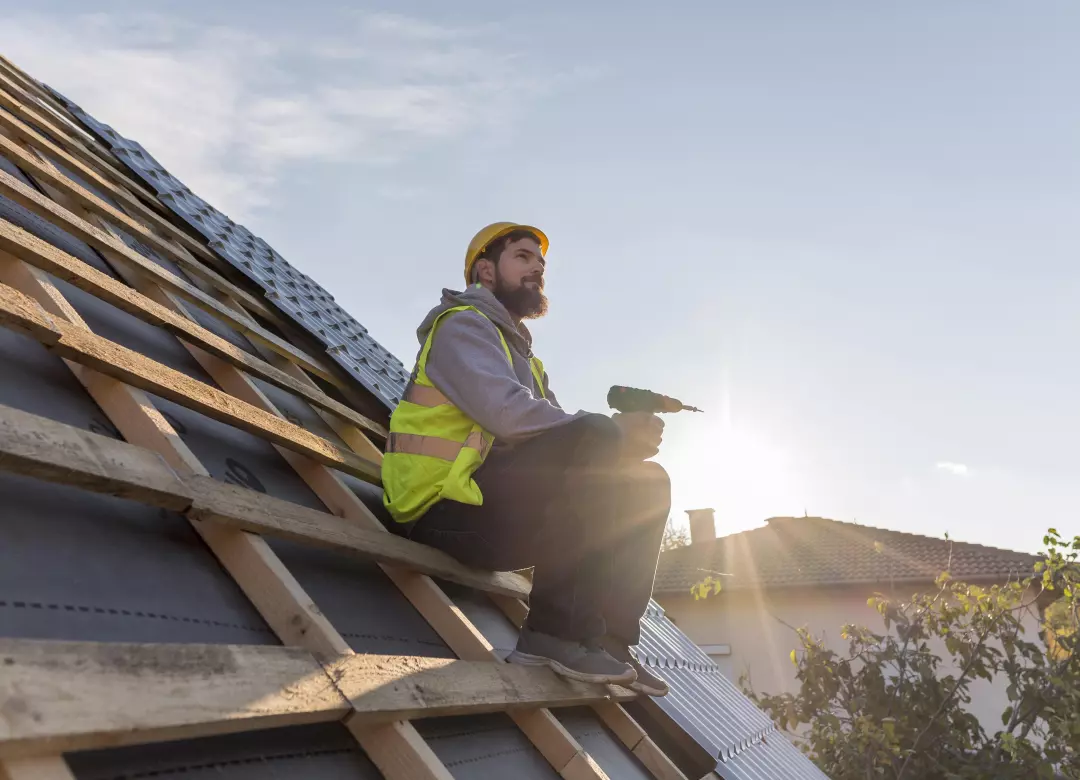Usual Roofing Issues and How to Settle Them Efficiently
Usual Roofing Issues and How to Settle Them Efficiently
Blog Article
What to Expect Throughout a Specialist Roof Installation Refine
Understanding the professional roof installment procedure is crucial for property owners considering this substantial investment. The specialist's technique consists of precise preparation of the worksite, guaranteeing safety and security and efficiency as the task unfolds.
Initial Assessment and Examination
Prior to starting a roofing installment task, a first appointment and extensive evaluation are vital. This preliminary phase sets the foundation for an effective roof covering task, making certain that both the service provider and home owner are aligned on expectations and requirements. During the consultation, the professional evaluates the existing roofing's problem, recognizing any kind of underlying problems that may impact the installation procedure, such as architectural damage, leakages, or insufficient ventilation.
The examination usually involves a detailed analysis of the roofing system's materials, pitch, and water drainage systems. Roofing. This comprehensive evaluation allows for the identification of essential repair work that need to be addressed prior to continuing with the installation.
Preparing the Worksite
When the first assessment and assessment are full, the next step is preparing the worksite for the roof covering installment. This phase is important to ensure a safe and reliable job. The roof covering specialist will begin by getting rid of the location around the home, eliminating any kind of challenges that might impede the setup procedure. This consists of moving outside furnishings, vehicles, and landscaping functions that might be damaged or block access to the roof.
Next, safety actions will certainly be put in location to protect the property. Tarps or go down cloths are frequently spread out on the ground to catch any kind of particles that may drop during the installment, lessening damages to the landscaping and outside surfaces. Furthermore, the contractor will examine and secure any required scaffolding or ladders to guarantee the safety of the team.
Precaution are critical during this stage; the group will make certain that all devices and devices are organized and easily available. By diligently preparing the worksite, the professional roofer sets the phase for a smooth setup procedure, ultimately bring about a successful roof task. This preparation phase is vital for maintaining effectiveness and making certain the safety and security of both the workers and the residential property.

Roofing Removal and Disposal
The procedure of roofing system elimination and disposal is an important action in any roof covering installment job, as it involves the careful taking down of the existing roofing products. This phase commonly begins with an analysis of the roofing system's problem and the identification of any type of potential risks, such as harmed decking or architectural concerns. Precaution are prioritized, consisting of using personal safety equipment and safe scaffolding to ensure the security of employees.
Once the evaluation is total, the existing roof covering materials, such as tiles, membranes, or roof shingles, are methodically removed. This commonly entails using specialized tools to remove the materials without triggering damages to the underlying framework. Treatment is required to minimize debris and noise, as well as to safeguard surrounding areas.
Numerous specialist roofing business stick to neighborhood guidelines relating to waste disposal and recycling, frequently repurposing products when feasible. This careful approach to roofing elimination and disposal establishes the structure for the effective installation of new roof products.
Installation of New Roofing Materials
New roof products are carefully installed complying with the elimination of the old roof, making sure a durable and strong structure. The installation process starts with the Look At This application of an underlayment, which functions as a protective obstacle versus wetness and offers an extra layer of insulation. It is crucial that the underlayment is outlined efficiently and firmly, with overlapping joints to prevent water infiltration.
As soon as the underlayment remains in area, the selection of roof covering material-- be it asphalt shingles, steel panels, or floor tiles-- can start. Each product has certain setup guidelines that should be complied with for optimal efficiency and durability. Asphalt tiles are typically mounted starting from the bottom side, overlapping each row to network water away efficiently. Conversely, steel roofs require fastening strategies that make certain panels are safe and enable thermal development.
Throughout this stage, professionals pay close focus to details such as blinking installations around vents and chimneys to stop leaks. Correct ventilation systems are additionally incorporated to preserve air flow and reduce heat build-up, therefore adding to the overall effectiveness and life expectancy of the new roof.
Final Examination and Cleanup
A thorough final examination and cleanup are important action in the roof covering installation process, making sure that the freshly finished roof covering meets security and top quality criteria. During the final evaluation, roof specialists will meticulously analyze every element of the setup, consisting of the placement of shingles, the integrity of flashing, and the general craftsmanship. This exam helps recognize any potential issues that might have emerged throughout installation, enabling prompt adjustments.
In addition to evaluating the roof covering itself, the inspection also includes the surrounding areas, guaranteeing that debris, nails, and various other materials are eliminated. A clean worksite is essential to avoid mishaps and preserve the aesthetic appeal of the property. Roofing teams will certainly usually make use of magnetic devices to accumulate any type of stray nails, protecting both the property owners and their cars from potential threats.

Final Thought
In final thought, the professional roof covering setup process incorporates numerous critical points, consisting of preliminary examination, site prep work, roof covering elimination, and the setup of new materials. Each stage is carried out with precise attention to information and adherence to security methods, guaranteeing a successful end result. see this The final evaluation and clean-up even more strengthen the dedication to top quality and home owner contentment. Comprehending these actions gears up home owners with the knowledge to browse the roofing setup procedure effectively and confidently.

Report this page